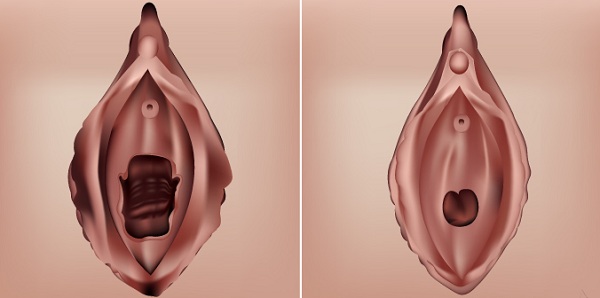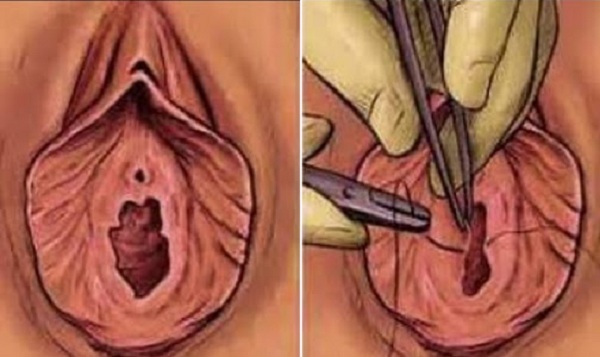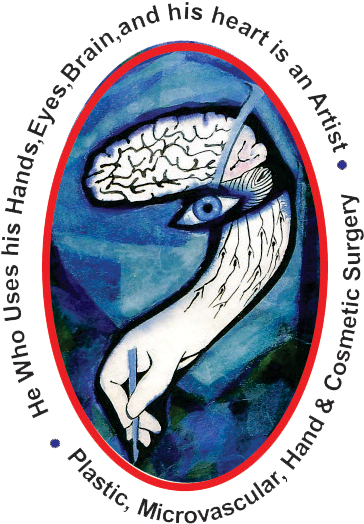Hymenoplasty
What Is Hymenoplasty
A hymenoplasty is a surgical procedure that restores the hymen, a membrane that partially covers the opening of the vagina. A hymenoplasty procedure is typically done for religious or cultural purposes as an intact hymen is considered a sign of virginity for some.
About the Procedure
The hymen is a membrane that partially covers the vaginal opening. The shape and appearance of the hymen will vary between women but is typically a half moon shape at the bottom of the vaginal opening. A hymen can be broken or torn at different times during a woman’s life, whether caused by tampon insertion, exercise, or sexual intercourse. Minor bleeding is commonly associated with the breaking of the hymen. In some cultures and religions, an intact hymen is associated with a woman’s virginity. A hymenoplasty, sometimes referred to as hymenorrhaphy or hymen construction surgery, is usually performed for cultural or religious reasons prior to marriage. Others seek the surgery as a form of therapy after sexual assault. No matter the reason for having the hymen restored, the surgery can be completed in less than an hour under local anesthesia with immediately visible results.
During surgery, the patient will only require a local anesthesia but may be given a sedative for comfort throughout the procedure. The patient will lay comfortably on a table with the pegs spread apart. The hymen will be identified and partially excised to eliminate uneven tissue from previous tearing. The hymen will be sutured together in two layers using dissolvable stitches. For some women, a small piece of tissue from another part of the vagina may need to be grafted to the vaginal opening to recreate the hymen.
The goal of a hymenoplasty is to restore the appearance of the hymen.
What to Expect
A hymenoplasty is a surgical procedure that restores the hymen, a membrane that partially covers the opening of the vagina.



Questions? We got Answers!
Pain at/or around the surgical wound may be felt as soon as the anesthetic wears off, which is relieved by pain medications prescribed (in the first 2-3 days). You should take a rest to monitor the symptoms and should refrain from working because it may cause bruising and severe pain. If you experience more pain, please do not be hesitant to come to our clinic.
Abnormal bleeding which may lead to blood clot formation is very seldom noted and occurs in 1 out of 100 surgeries. Because of the use of small dissolving suture this may lead to the risk of post-operative complication such as bleeding from the surgical wound, possibly caused by walking or other activities. In this connection Aspirin and other anti-coagulant drugs should be avoided at least 10 days before and after the scheduled surgery.
After the surgery, you may have abnormal vaginal discharge or curd like discharge as a result of vaginal fungi, possibly following taking antibiotic to avoid postoperative infection and needing anti-fungal medication.
After the surgery, inflammation or infection of the wound may occur because the surgical wound is in the vaginal opening area constantly be prone to contamination with the fluid from the vaginal tract, the urinary tract and the alimentary (fecal) tract.

